Government Initiatives and Funding
Government initiatives aimed at enhancing fire safety standards are playing a crucial role in the smoke alarm market. Various federal and state programs provide funding for smoke alarm installations, particularly in low-income households. These initiatives not only aim to reduce fire-related incidents but also promote public safety. In 2025, it is anticipated that government funding for fire safety programs will increase by 10%, which could significantly boost the smoke alarm market. Such support from governmental bodies indicates a commitment to improving safety measures, thereby encouraging consumers to invest in smoke alarms.
Increased Awareness of Fire Safety
There is a growing awareness of fire safety among consumers, which is positively impacting the smoke alarm market. Educational campaigns and community programs have heightened public consciousness regarding the importance of smoke alarms in preventing fire-related fatalities. According to recent data, approximately 60% of fire-related deaths occur in homes without functioning smoke alarms. This alarming statistic underscores the necessity for consumers to invest in reliable smoke detection systems. As awareness continues to rise, it is likely that the smoke alarm market will see increased sales, particularly in residential areas.
Insurance Incentives for Safety Devices
Insurance companies are increasingly offering incentives for homeowners to install smoke alarms, which is positively influencing the smoke alarm market. Many insurers provide discounts on premiums for homes equipped with modern smoke detection systems. This trend appears to be driven by the recognition that smoke alarms significantly reduce the risk of fire-related damages. In 2025, it is estimated that up to 30% of homeowners may take advantage of these insurance incentives, leading to a potential increase in smoke alarm sales. This relationship between insurance providers and safety devices suggests a mutually beneficial scenario that could further stimulate the smoke alarm market.
Technological Advancements in Safety Devices
The smoke alarm market is experiencing a notable shift due to rapid technological advancements in safety devices. Innovations such as interconnected smoke alarms, which can communicate with each other, enhance safety by providing alerts throughout a home. The integration of smart technology allows for remote monitoring and notifications via mobile applications, which appeals to tech-savvy consumers. In 2025, the market for smart smoke alarms is projected to grow significantly, potentially reaching a valuation of $1 billion. This trend indicates a growing consumer preference for advanced safety features, which could drive demand in the smoke alarm market.
Rising Construction and Renovation Activities
The smoke alarm market is benefiting from a surge in construction and renovation activities across the United States. As new homes are built and existing structures are renovated, the installation of smoke alarms becomes a critical component of safety compliance. In 2025, the residential construction sector is expected to grow by 5%, leading to an increased demand for smoke alarms. This trend suggests that builders and homeowners are prioritizing safety features, thereby driving the smoke alarm market. Furthermore, the integration of smoke alarms in new constructions is often mandated by local building codes, further propelling market growth.

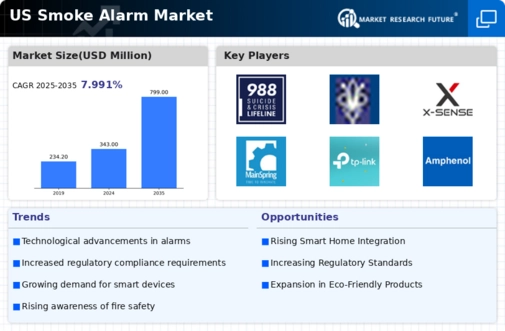
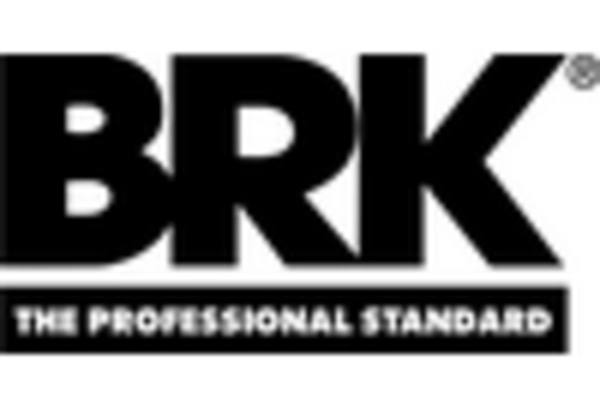
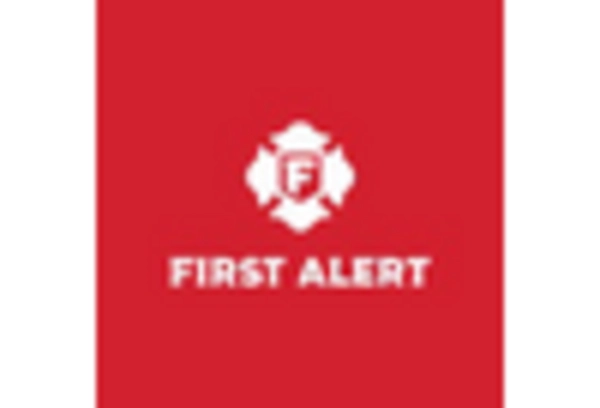
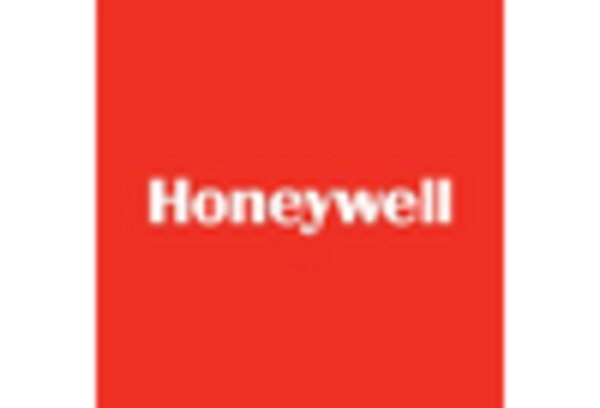
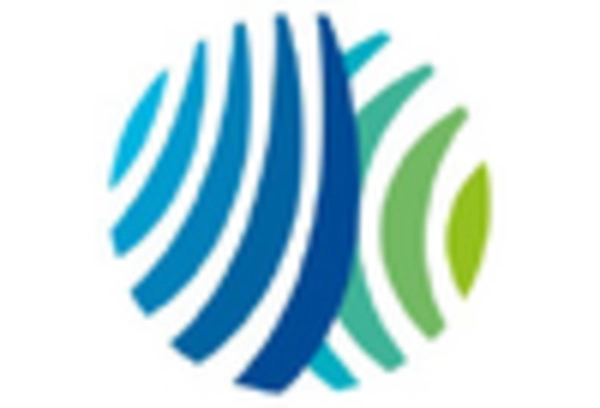
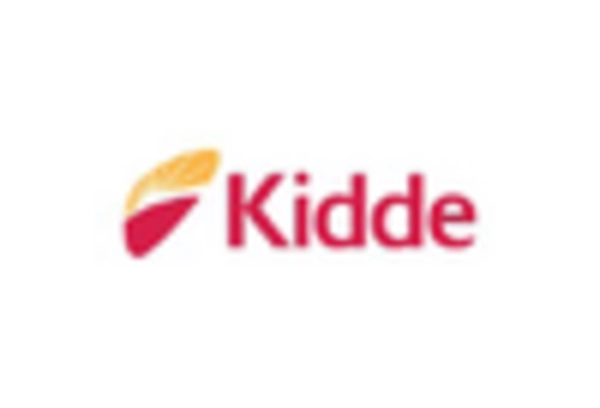
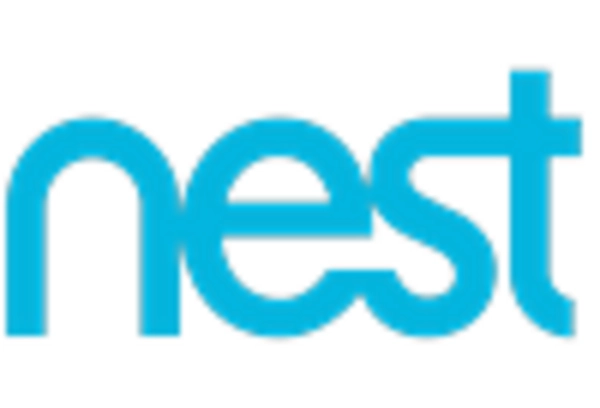








Leave a Comment